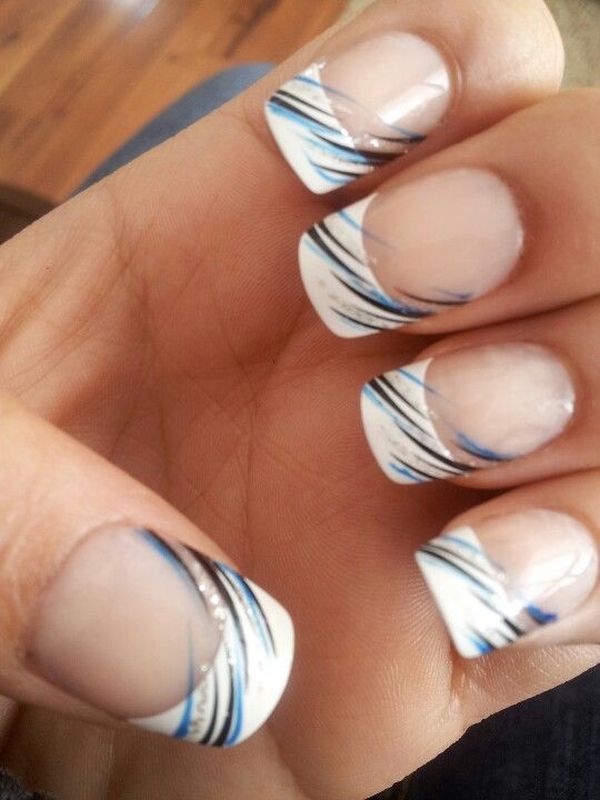Table Of Content

Diffusing peppermint oil or placing cotton balls soaked in the oil near suspected entry points can help keep mice away. However, it requires frequent reapplication to maintain its effectiveness, and the oil should be kept away from pets, as it can be harmful to them. Eliminating a mouse infestation can be a challenging task, but with the right knowledge and tools, you can reclaim your home from these pesky rodents. Remember, if you’re overwhelmed or unsure about how to handle a mice infestation, don’t hesitate to seek help from a professional pest control service. Perhaps the best way to remove rodents from your walls is to set up live traps that bait and capture rodents without harming them. This humane method allows you to get rid of and release these unwanted pests far from your property.
What Scents Repel Mice?
Mice, from either the dirt or sewer, can actually travel through these lines into wall and floor cavities and pop out into your house. Believe it or not, they're capable of squeezing into spaces as small as a quarter of an inch (yikes). While mice can bite if they feel threatened, their main danger is in the diseases they transmit, including salmonella, hantavirus, and forms of meningitis. Mice teeth never stop growing, so they’re constantly gnawing and chewing on rough materials in order to file them down. This causes them to chew through wiring and insulation inside homes. If you find mouse droppings, this is a good indication that mice are living there.
The Best Ant Killers
They can also jump up to 18 inches and slip through surprisingly small cracks and holes, making them very difficult to catch. A mouse infestation doesn’t mean that your home is dirty or rundown. When outdoor temperatures drop, mice often look for entry points into any building in search of food, warmth, and shelter. Using toilet cakes around your house is yet another way to repel mice from your home. The toilet cakes emit a strong smell that acts as a natural repellent and is perfect for refreshing the stagnant air.
Traditional Mouse Traps, Snap Traps, and Beyond
If you’re wondering why you rarely spot mice during the day, it’s because they sleep hidden away in their nests. These are generally made of soft materials such as shredded paper, cardboard, insulation, or cotton. Mice usually build their nests in undisturbed, enclosed spaces, including unused drawers. Rats require alternative treatment, check out how to get rid of rats quickly and safely for guidance. Find out what are the 7 things that attract rats and mice to your home.
And these are the 7 telltale signs you have mice in your home. If mice are getting into the garage, the garage door sweep (the rubber strip under the bottom of the door) could be misaligned or damaged causing gaps and holes. Mice and other rodents spread a variety of viral and bacterial diseases. If you are dealing with a rodent issue or cleaning up a space with previous rodent activity, wear gloves and an approved mask or respirator to protect yourself. Like insects and other pests, mice are also attracted to trash cans.

Once you’ve identified each entry point, it’s time to create and execute a mouse-proofing plan. While it may seem simple enough, there is an effective way of placing mouse traps around the home. Lay the traps anywhere you see mice or signs such as rodent droppings or "rubbings" on baseboards and walls. Place the traps perpendicular to the walls, with the trigger section facing the baseboard. This will cause the mouse to run directly into the bait as it scurries along the walls, instead of running over the trap. Typically, mice don't travel more than 10 or 20 feet from their food sources and nesting areas.
Wrapping problem areas in rodent tape (which is treated with components also found in chili peppers) can help prevent mice from returning. "There is no fast, easy or guaranteed way to get rid of mice," Lerman says. "It's a process." Just like getting rid of silverfish and other pests in your home, like cockroaches, it's best to keep mice away in the first place. Yet even with every precaution in place, mice may slip through the cracks (quite literally!).
Find their entry point.
Additionally, pinpointing their species will help you determine the most effective deterrents to discourage their presence in the future. Bait snap or live-catch traps with peanut butter and set them along walls where you suspect mouse activity. If mice seem to keep evading traps left out in the open, you may have to drill a small hole in the drywall a few inches off the floor and place a trap right by the hole.
If you place a sliced onion near their burrows, they will quickly leave the area. If you sprinkle cayenne pepper around the perimeter of your home, you will quickly get rid of any mice that have taken up residence. For an even more effective deterrent, use the following homemade spray.
Mice and rats are both rodents that can cause serious infestations. However, there are a few distinct differences between these pests. The best way to do this is to leave the trap on the floor and open it, letting the rodent make its own way out. The only way to get rid of rodents for good is to find out how they get inside your walls. You can keep rodents out of your house by sealing these entry points, however, you shouldn't seal these until you're sure there aren't any rodents left in your walls. If you've noticed the signs you've got rodents living in your walls, such as gnawing and clawing, you'll want to take action before the situation advances into a full-blown infestation.
They’ll gnaw through packaging, ruining the food item and making a mess in your pantry or kitchen. These rodents will contaminate your space by leaving behind poop, urine, and mouse hair. This is also called a “woodmouse.” A white-footed mouse has a long tail, large ears, and a brown back with a white belly.
I don’t find mopping with peppermint oil to be viable in most cases because you’ll need to use an abundance of the oil in the process. If you find any holes, you know that there is a major issue in your home. If you’re interested in the exact method to follow with peppermint oil, our peppermint oil mice post goes into great detail on the matter.
There’s a mouse in the house - Oklahoma State University
There’s a mouse in the house.
Posted: Thu, 08 Oct 2020 07:00:00 GMT [source]
In a large bowl, mix equal parts sugar, flour, and baking soda. Fill smaller bowls with the mixture and place in areas where you have a mouse problem. In a bowl, mix the Plaster of Paris with the cornmeal and add the milk. Place the cheesecloth over the second two-gallon bucket and strain the peppers out and fill the spray bottle with water. No one likes spotting spiders or stink bugs in their home, but mice?
To get rid of mice in your house, first identify the signs of an infestation, such as droppings, urine odor, gnawed holes, and nests. Seal off any entry points using silicone caulk, steel wool, or copper mesh. Use mouse traps baited with food or nesting materials and place them along walls and in dark corners.
These rodents can be one of the more difficult types to spot, says Kari Warberg Block, a pest prevention expert and the founder and CEO of EarthKind. But have no fear—there are still ways to make sure mice can be detected and removed from your house. Warberg Block shares what to do if you see mice in your home—and how to prevent them from entering in the future. Understandably, many homeowners want to use all-natural methods for mouse control.
There are various mouse traps to choose from, ranging in cost, function and design. Luckily, if your at-home solutions aren't working and you're not ready to call pest control just yet, the tips below will be useful. We even share how to spot and prevent future mice infestations (and yes, having a new furry friend, like a cat, is one of them!). If you've ever had a mouse infestation, you might feel like you've tried everything to repel them but to no avail. Unfortunately, Irish Spring soap isn't the solution and neither is keeping the lights on throughout the day (two common myths!).











